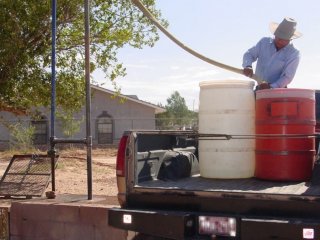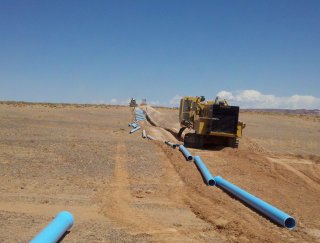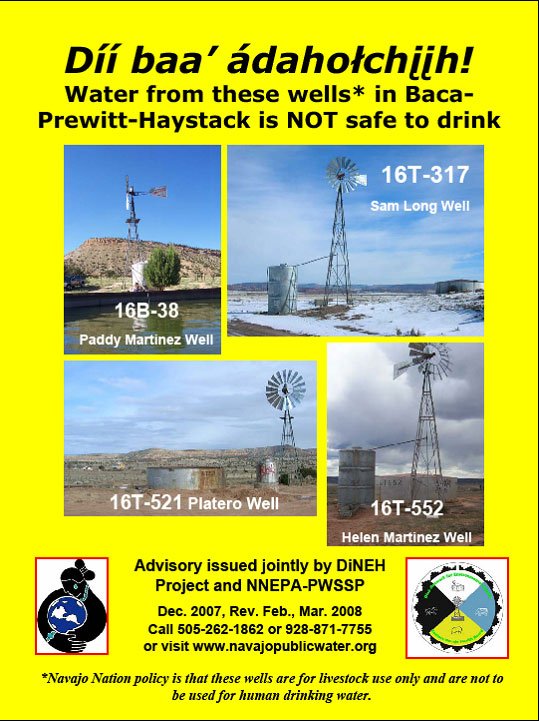Providing Safe Drinking Water in Areas with Abandoned Uranium Mines
Safe Drinking Water
Yolanda Barney
[email protected]/[email protected]
(928) 871-7755
The federal government and the Navajo Nation are working together to increase access to safe drinking water by extending public water systems to serve homes without piped water and by making safe drinking water more accessible for residents who continue to haul water. Recent (2020) estimates suggest that approximately 15% of the population on the Navajo Nation still do not have access to piped water to their homes.
Background
In 2003, the Navajo Nation estimated that up to 30% of the population did not have piped water to their homes. Since 2003, the Indian Health Service (IHS), EPA and HUD have worked cooperatively to provide access to safe drinking water for over 3,000 homes in the abandoned uranium mine regions of the Navajo Nation. This has helped lower the percentage of the population without access to piped water to their homes to about 15%. Navajo Tribal Utility Authority (NTUA) and IHS have also added new regulated water hauling points and upgraded existing watering points throughout the Navajo Nation.
Without piped water, residents haul water either from regulated watering points or from unregulated water sources, such as livestock (windmill) wells and springs. The number of unregulated water sources on the Navajo Nation is estimated to be in the low thousands.
The Navajo Nation Environmental Protection Agency (NNEPA) policy prohibits the use of unregulated water sources for human consumption because these sources are not routinely tested and regulated in accordance with the Safe Drinking Water Act. These unregulated water sources are susceptible to bacterial contamination, including fecal coliforms. Some of these unregulated water sources also exceed drinking water standards for uranium and other chemicals, including naturally-occurring chemicals. Nevertheless, human consumption of unregulated water is reportedly widespread due to a lack of regulated water systems in the more remote and sparsely populated regions of the Navajo Nation.
Residents are encouraged to haul water from a regulated water source that is known to be safe. Water from livestock (windmill) wells are for livestock use only.
The rural terrain and sparse population in many areas pose unique challenges for traditional piped water solutions. IHS estimates that it will cost over $700M to provide access to safe drinking water and basic sanitation to all Navajo homes. The Navajo Nation and the federal agencies continue to work together to implement novel approaches to address this vitally important issue.
How to Safely Haul & Store Drinking Water
Only regulated water sources are safe to drink because they are routinely sampled and regulated in accordance with the Safe Drinking Water Act. For information about how to safely haul and store drinking water, see NNEPA's Guidelines for Hauling and Transporting Regulated Water for Human Consumption (pdf).
Please visit the NNEPA Public Water Systems Supervision Program website for more information on drinking water.



